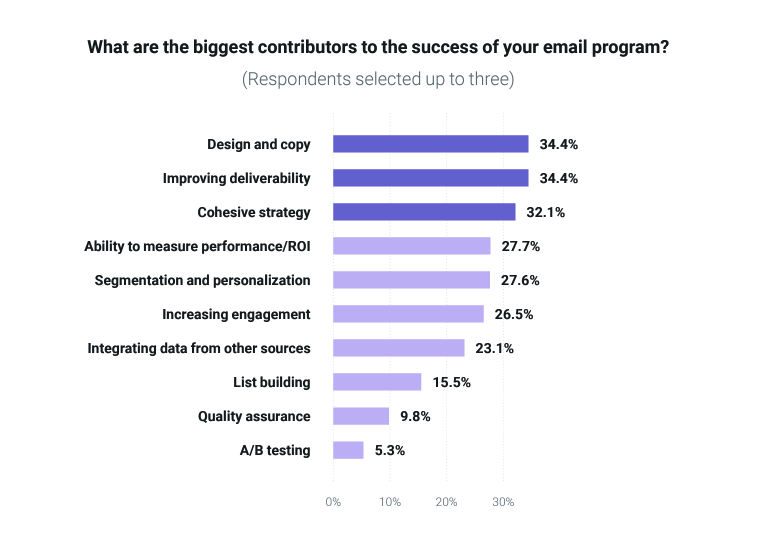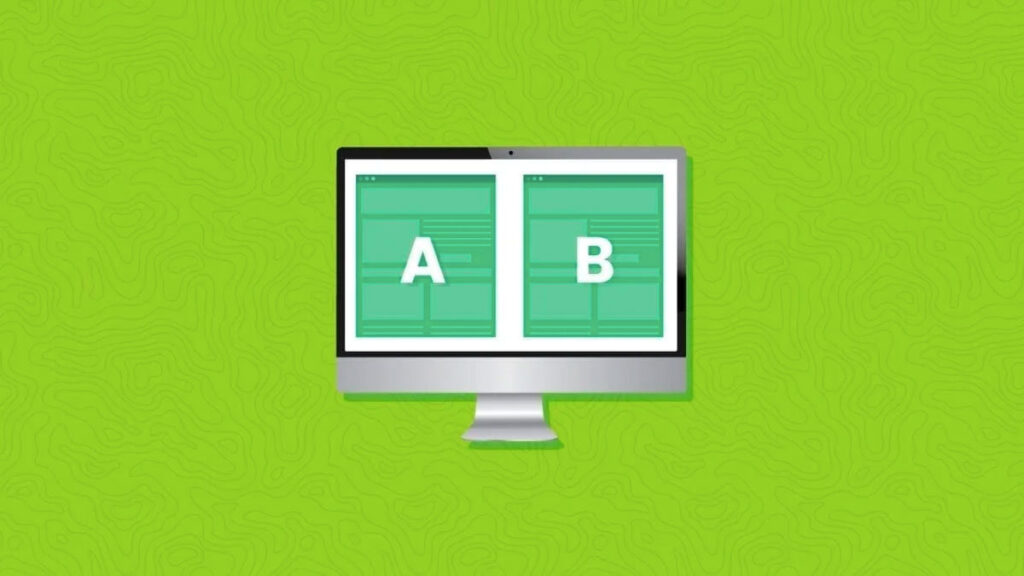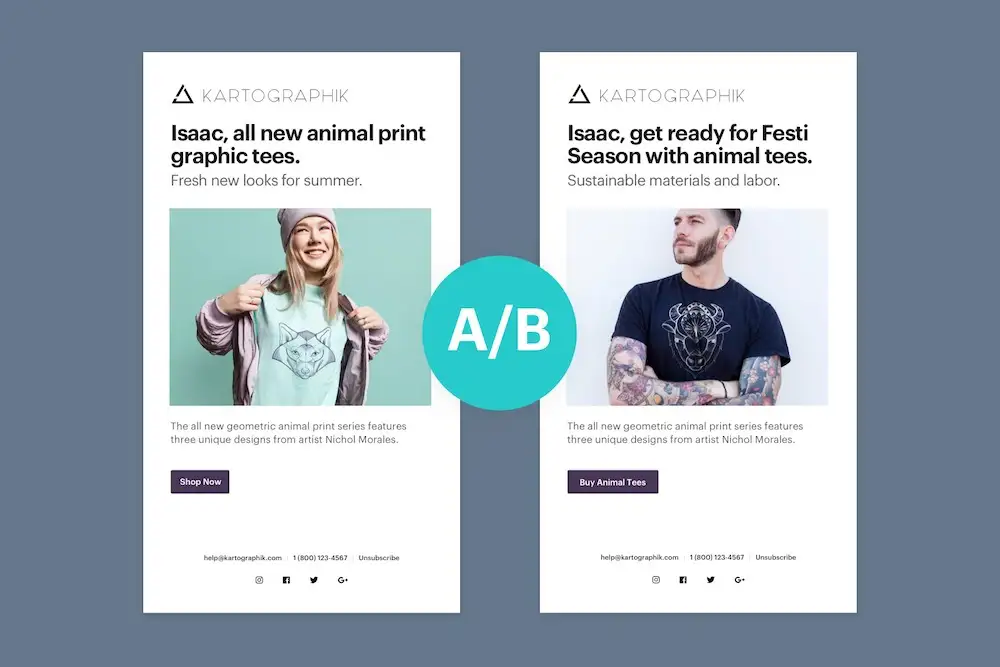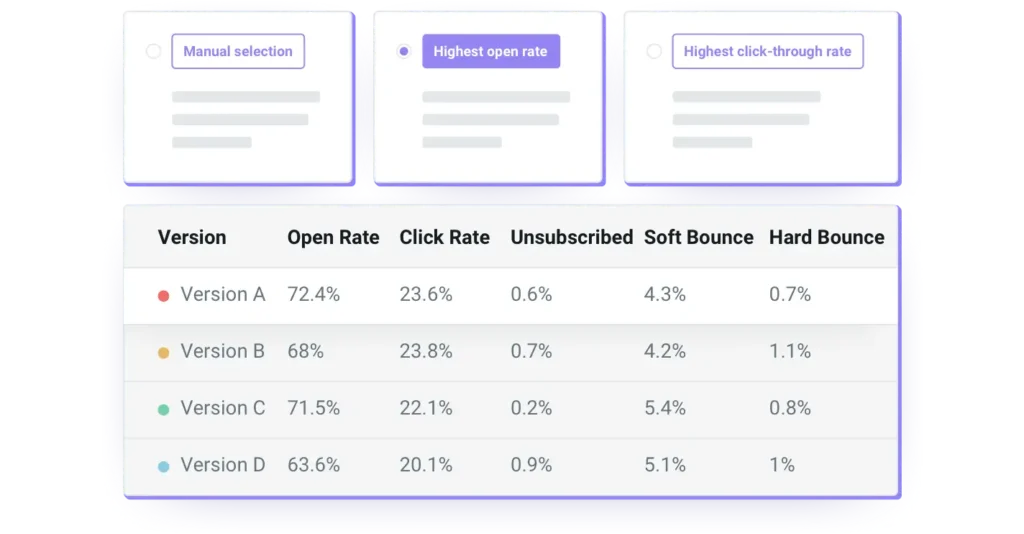Email Marketing
Two Types of Email Optimization Testing that Improve Performance

Email Marketing

Digital marketers do plenty of optimization on a daily basis. You can optimize for search visibility, optimize for conversion rates, optimize paid ad performance, and more. There’s such a thing as email optimization as well, and it involves two very distinct types of email testing.
A/B testing and email quality assurance (or pre-send testing) have very different purposes, but they both make sure your campaigns are as effective and as optimized as they can be.
When Sinch Mailjet asked 3,200 senders around the world to select the top three factors that contribute to email program success, design and copy came out on top of the list.

So, what can an email team do to design and develop campaigns that support the success of your organization? It’s all about email optimization, which means making sure you put your best email forward while always looking for ways to improve.
Email design and copywriting are so important — but it’s not the be-all-end-all of what makes an email program successful.
What works for that brand might not work for yours. You could run “plain-text” style emails with only a few lines of copy that might get significantly more engagement than the email design with countdowns, GIFs, and all kinds of bells and whistles.
How do you know? Well, you have to test.
The Inbox Insights 2023 survey found that Quality Assurance (9.9%) and A/B testing (5.2%) were at the bottom of the list of things senders say contribute to success.
That’s a huge missed opportunity. Testing should be the backbone of your email marketing strategy – here’s what you need to know about the two kinds of testing techniques you can use, why they’re important, and how to start incorporating them into your email design flow.
When we talk about testing emails, we’re really talking about two different kinds of email testing: Quality assurance and A/B testing. Together, they represent two of the most important tactics in your email optimization strategy.
Email quality assurance or email QA is the standard practice of testing how your email appears in multiple email clients before you send the email. This is typically meant to preview your email design, copy, and technical elements to ensure it looks the way you want it to for every email client.
This is the type of testing Sinch Email on Acid provides. Our unlimited email previews help you see how a campaign will end up looking when opened with dozens of different devices and email clients. Plus, our pre-send checklist helps you catch many other common problems before you hit that send button.
Email A/B testing occurs after you send the email and analyzes subscriber behavior. Rather than test the technical specs of an email, this type of testing informs your overall design strategy to see what subscribers engage with the most. This can be as simple as changing the color of your CTA button or testing the subject line, layout, or the entire copy of the message.
Email on Acid does not offer this type of testing. However, we are big believers in email A/B testing. Many email service providers (ESPs) such as Sinch Mailjet make email A/B testing easy to conduct and evaluate.

After spending countless hours designing, writing, and building an email campaign, the last thing you want to do is realize there’s a giant copy-and-paste typo halfway through after you press send. Or worse, that today was the day Gmail decided to stop supporting a key design element of your email and everyone received a bunch of blank squares.
The email QA process is designed to help you work out any possible technical or functionality issues before you press send.
If you’ve put time and effort into an email campaign, you probably want your entire audience to actually read and click on your email. A thorough email QA process ensures HTML emails render as expected on all clients and devices.
Whether a subscriber reads their emails in dark mode, on their phone, or through webmail, pre-send testing gives you peace of mind that it looks the way you planned. This catches typos and broken links, but also ensures that your emails are optimized for accessibility and deliverability — so that everyone actually can engage with your email.
Pre-send testing can help you catch:
Pre-send testing helps you see into the future and avoid potential email marketing disasters. Of course, at Email on Acid, we’re all about testing every single send.
The bottom line? Quality assurance and pre-send testing optimize email performance because they ensure your subscribers have an optimal inbox experience. Everything looks, reads, functions, and renders as expected. That means you avoid problems that could negatively impact email engagement.

Best practices are a great starting point, but nothing is 100% certain. When it comes to increasing the performance of your email marketing program as a whole, you need to test to see how your list responds.
Email A/B testing, also known as “split testing,” gives you a mode of experimentation with new design elements, messaging, or layout so you can see what’s resonating with your subscribers and what to leave behind.
Here’s how it works: Divide your audience into two random segments. Segment A gets the existing version of your email. Segment B gets the changed design.

Be careful about testing too much at once. A/B testing works best when choosing a single element within a given email campaign to run your experiment. If you’re testing a one-column or two-column layout for your newsletter, for example, don’t change up the typography as well. Otherwise, you won’t be able to isolate which element made the difference.
You might be surprised how much a small change can make a difference in engagement or revenue.
The same is true for big new ideas. If you’ve always wanted to try a trendy design element like abstract gradients or very ‘90s typography, test it first. If a random executive decides they would really prefer Comic Sans for your font (or some other equally ridiculous design request), testing allows you to make an informed argument.
Once you’ve chosen what to test, you’ll need to pick a metric you’ll measure to determine which version is the winner. While there is conversion testing software out there for this, many ESPs, including Mailjet, offer email A/B testing as part of the platform.

The bottom line? Email A/B testing and multivariate testing give you a way to understand your list (or certain segments) and how they engage with marketing emails. That helps you understand what works and what converts so you can optimize emails, create effective emails, and build a better strategy.
Email optimization is all about continuous improvement. What worked last month may not work this month — whether due to the shifting preferences of your audience, the fickle whims of email clients, or updating your own brand sensibilities. Stay on top of this ever-changing world by combining pre-send and A/B testing.
If you want to learn more about how to optimize emails for better performance, check out our webinar recording Optimizing the Email Experience from Start to Finish, featuring insights from Guilda Hilaire, Shannon Crabill, and Nout Boctor-Smith.